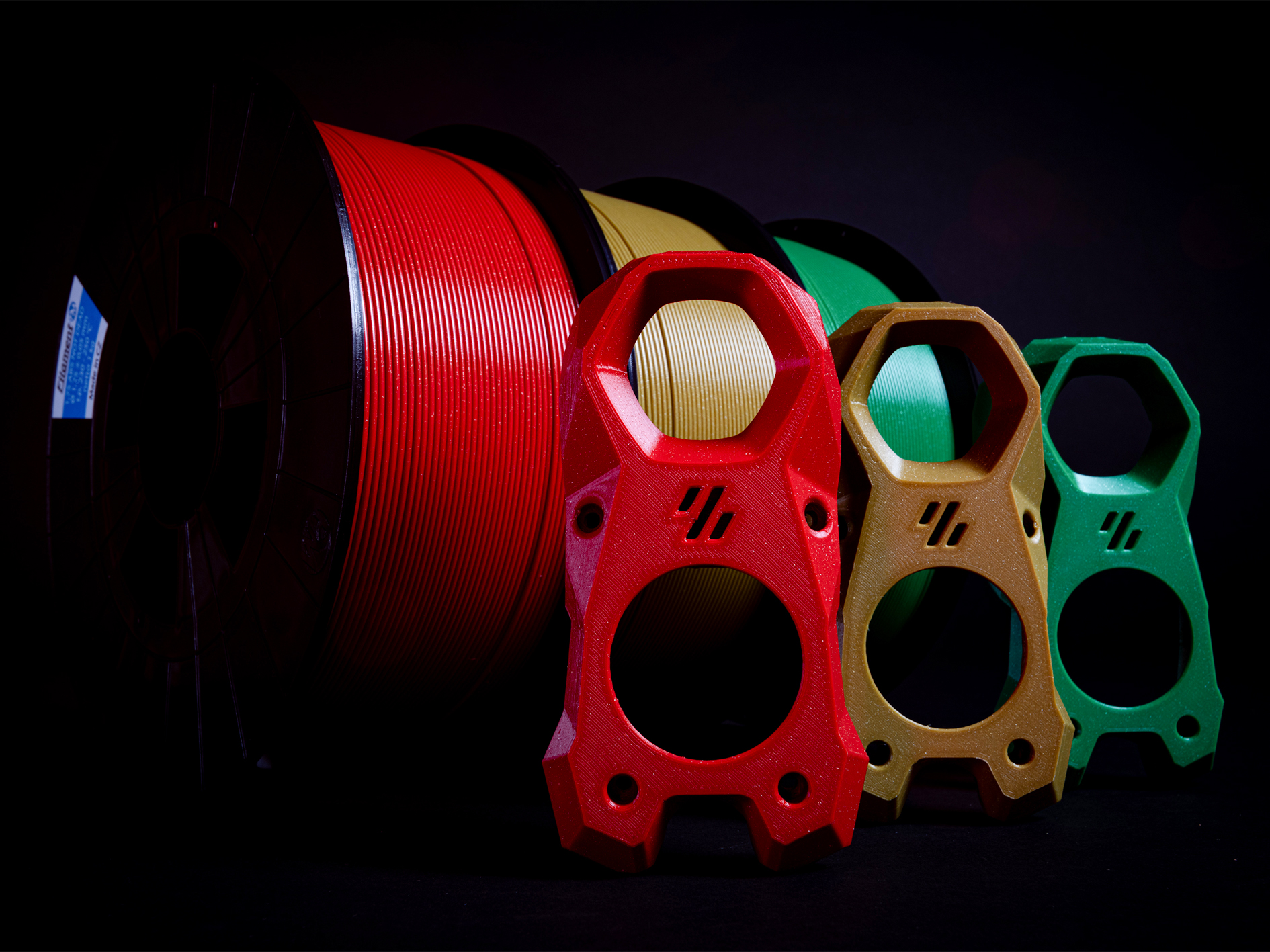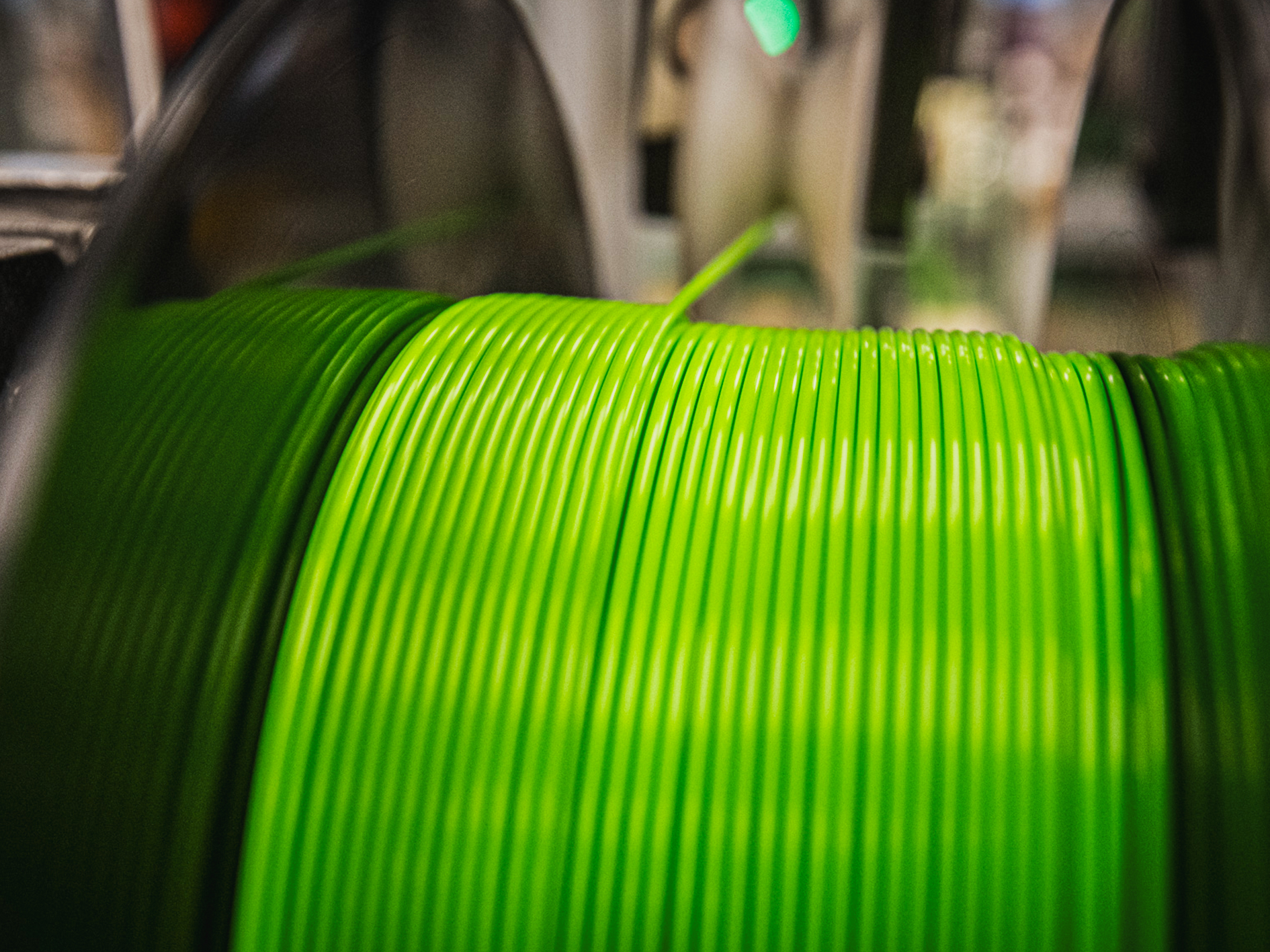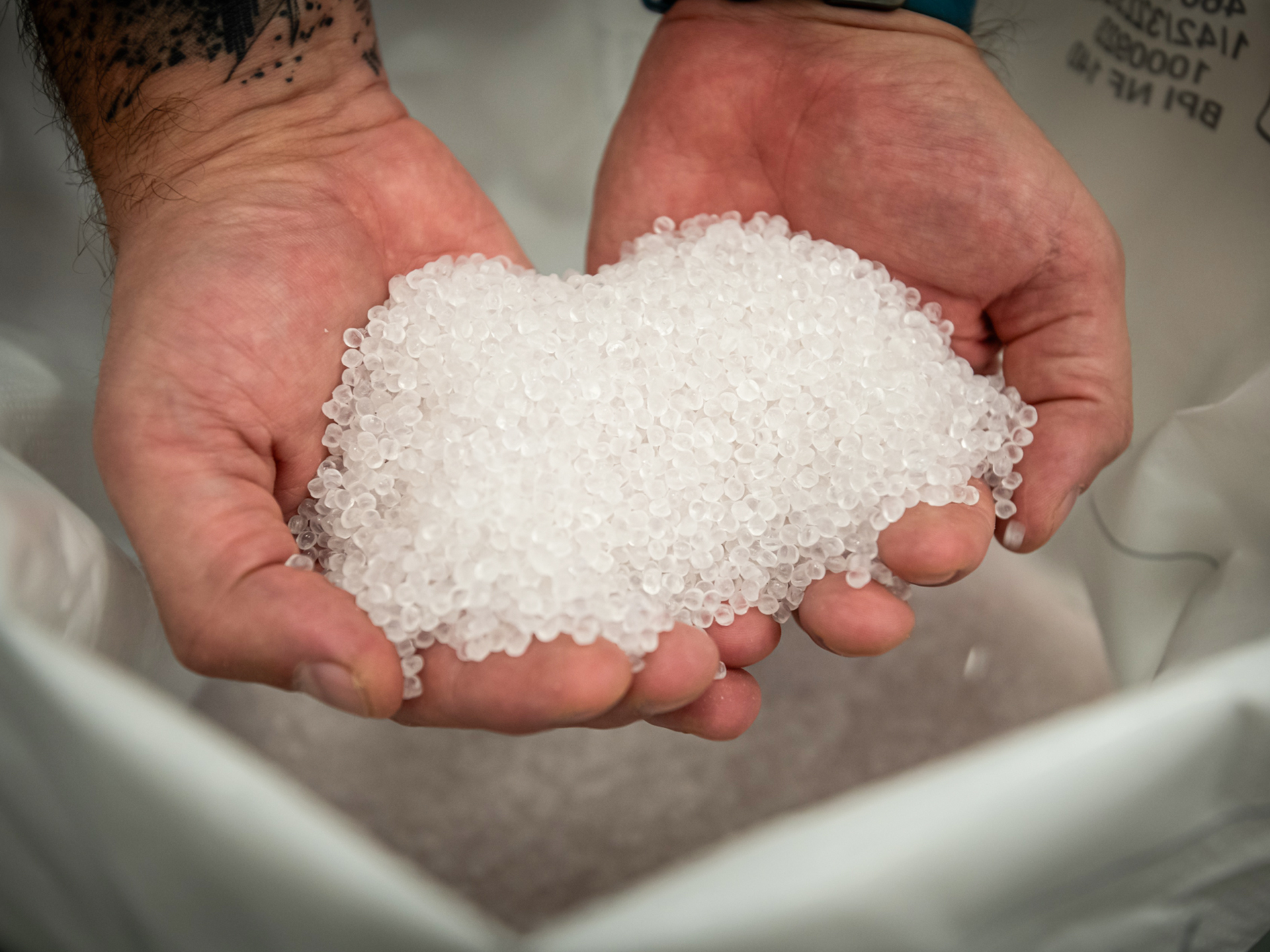ABS: How Three Components Changed the World of 3D Printing!
ABS, or Acrylonitrile Butadiene Styrene, is a thermoplastic polymer that has become an indispensable part of modern life. From piping systems to musical instruments and from televisions to computer monitors, ABS is everywhere around us. But how did this material become so popular? This article will guide you through the history, production, properties, and applications of ABS.
Three Components, One Synergy: Production and Characteristics of ABS
ABS first appeared in the 1940s as an alternative to Bakelite. By the 1950s, it had become globally popular, and since then, its production and use have continuously expanded.
At first glance, ABS might seem like just another plastic. But upon closer inspection, you'll find that it's an amorphous copolymer made up of three distinct monomers: acrylonitrile, butadiene, and styrene. Each component contributes to the overall properties of the material. Acrylonitrile gives the polymer mechanical strength and chemical resistance, butadiene ensures increased toughness compared to regular styrene polymers, and styrene provides rigidity. This combination makes ABS an extremely versatile material. By adjusting the ratio of these components, various physical properties can be achieved.

Printing with ABS requires experience and care. From enclosing the printer due to temperature changes to proper cooling, ABS is sensitive to many factors. Proper dry storage is also crucial because ABS is a hygroscopic material that absorbs water.
Safety First
When working with and printing from ABS filaments, it's essential to print in a well-ventilated room since the material releases fumes and substances that can pose potential health risks. Also, adhere to the recommended temperature settings for ABS printing. Incorrect temperatures can lead to the release of additional toxic substances.
A Great Partner in Industry and Hobby Printing
ABS finds applications in a wide range of sectors. It's a material that isn't afraid of the sun or time, making it ideal for outdoor use. From toys to automotive parts, ABS is everywhere. Its resistance to temperatures (up to 90°C) and impacts makes ABS invaluable in many industries.
Hobby printers who own an enclosed printer swear by this material. Even though printing with it is somewhat more challenging, the end result is worth it. Prints are noticeably sturdier than, for instance, prints from PLA. They are also more resistant to sunlight and heat. Also, since ABS is a thermoplastic, it can be recycled and used in creating new ABS products, reducing our carbon footprint.

Comparing ABS and ABS-T: What You Should Know
In the world of plastics and polymers, there are countless variants and combinations that might seem similar at first glance but have significant differences. Two such materials that often pique interest are ABS and ABS-T. While they might have similar properties, their individual characteristics set them apart, making them suitable for different applications. Let's take a closer look at these two materials.

ABS: A Classic Among Polymers
ABS is a classic copolymer known for its durability and flexibility. Its base raw material has a characteristic yellowish tint, often referred to as "natural". If you're looking for a tougher material, ABS is the right choice. It's indeed tougher than its counterpart, ABS-T. In terms of heat resistance, ABS has a softening temperature of around 90°C. For 3D printing enthusiasts, ABS is somewhat easier to print than ABS-T. It doesn't require a heated chamber and can be printed at lower temperatures. And if you need to dissolve the material, ABS dissolves better in acetone.
ABS-T: When ABS Meets Plexiglass
ABS-T is the result of combining ABS with MMA (polymethyl methacrylate), giving it some unique properties. Its base material is translucent, a characteristic typical of plexiglass (PMMA). Hence the additional "T" in the name ABS-T. Thanks to the addition of MMA, ABS-T is stiffer than classic ABS. If you're looking for a material with higher heat resistance, ABS-T has a softening temperature of over 100°C. For printing with ABS-T, it's recommended to use a heated chamber because it requires higher printing temperatures. In terms of dissolution, ABS-T is less soluble in acetone than ABS.
In short, ABS is a material that has been bringing new possibilities and challenges to the world of 3D printing for years. Its unique combination of properties and a wide range of applications make it one of the most exciting players in the filament market. This material is headed for a bright future, and it's only a matter of time before 3D printing with this material becomes the absolute standard in the industry.
